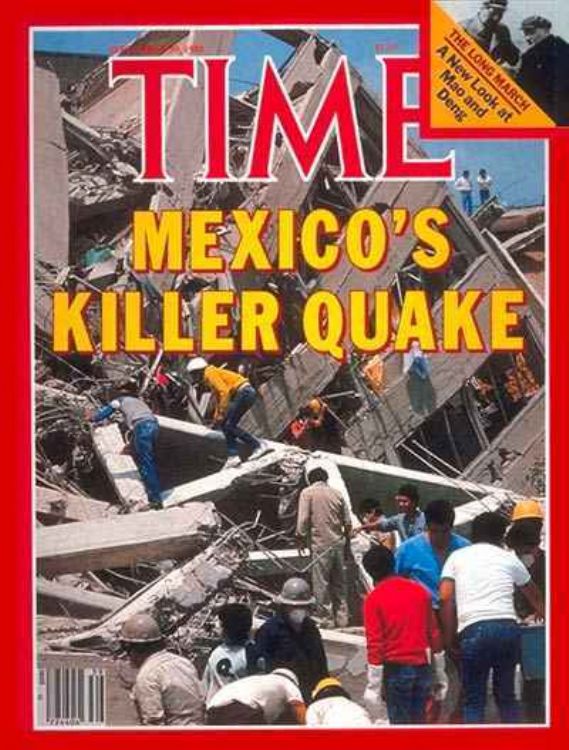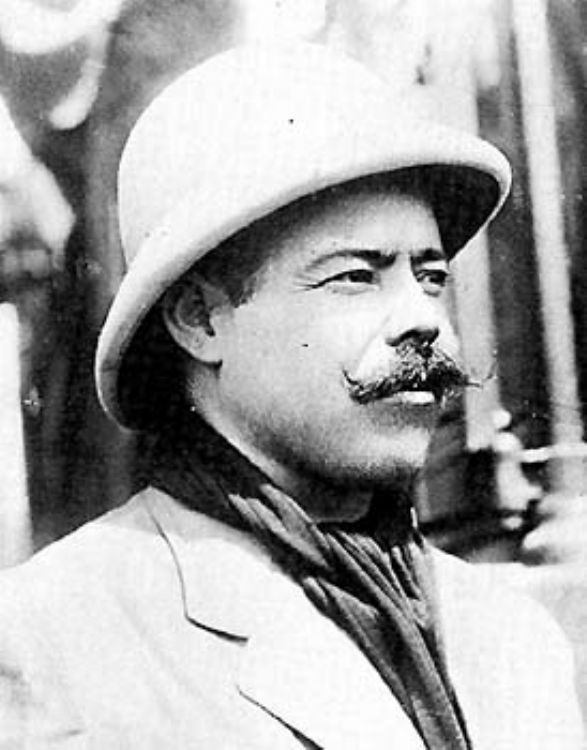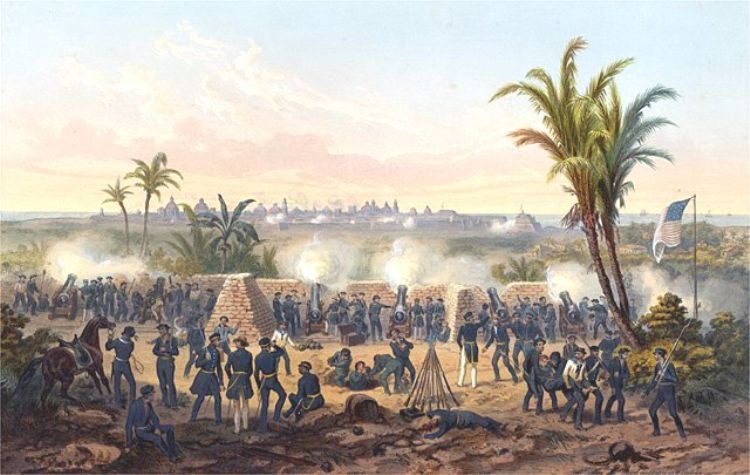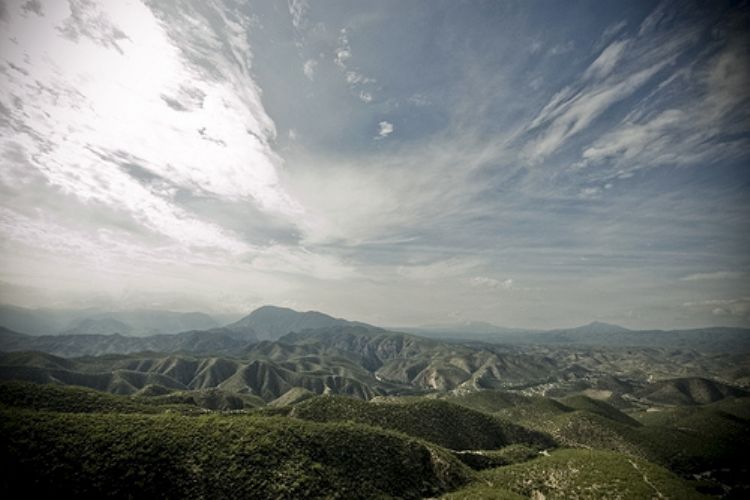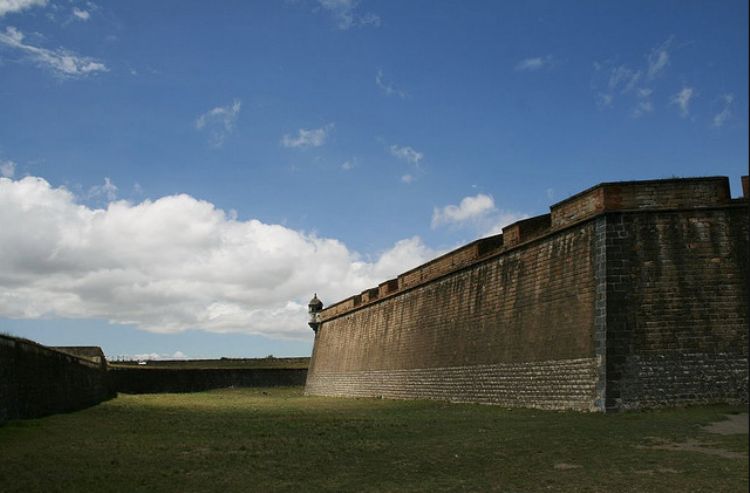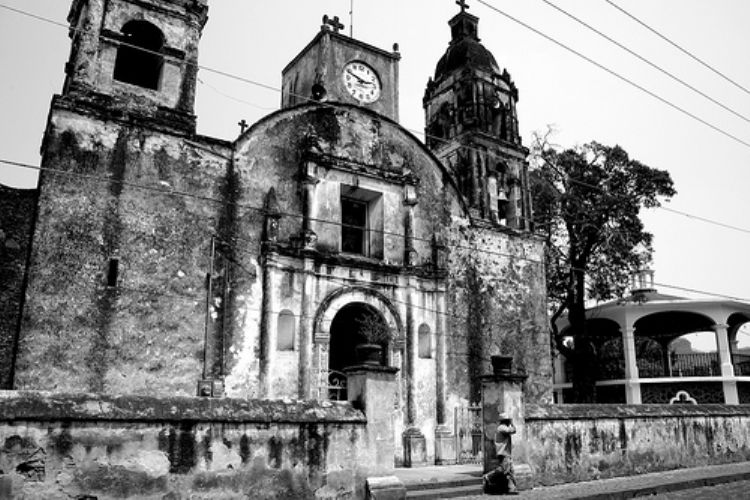Ruins of Xochicalco
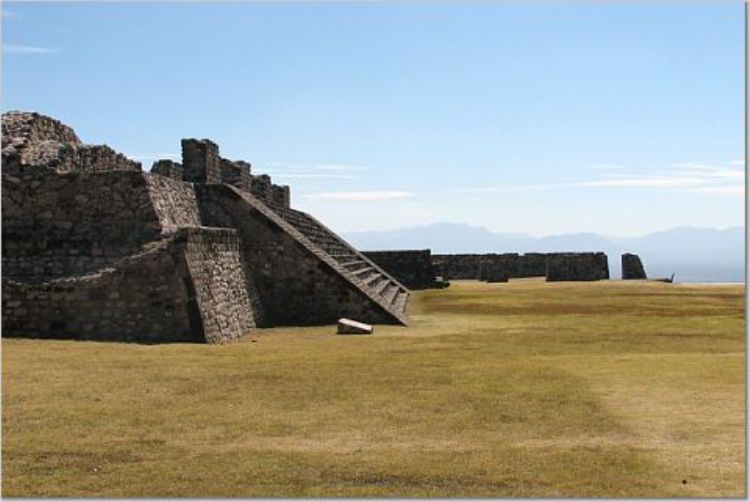
The Archaeological Zone of Xochicalco or âthe place for the house of flowersâ is located in the State of Morelos. Considered part of the World Heritage by UNESCO since 1999, it is one of the most important archeological sites in Mexico.
When Teotihuacan lost its power over Mesoamerica, it prompted political-social instability, forcing other people to develop defense mechanisms. Despite the fact that the ethnical affiliation of Xochicalco is unknown, we can be sure that they possessed vast knowledge for developing a complex urban plan. They modified a series of hills in an easily defendable strategic area, being able to control many of their eraâs commercial routes.
The city was built on a hill raising 130 meters over the surrounding land. The whole hill was artificially modified by cuts, fillings and contention barriers for forming terraces, transforming it into a pyramid of geological dimensions. Xochicalco was a fortress; the entire hill is surrounded by ravines, ditches, walls and other defensive means. It has very limited access to strongly control not only its own space, but also the entire region under its domain. Xochicalco created a strong cultural interrelation with Mesoamerica.
Xochicalco peaked between 650 and 900 A.D. Contrary to other contemporary sites such as El Tajin and Monte Alban, with a continuous occupation since prior eras, the existence of Xochicalco was restricted to only two hundred and fifty years. During that time, most of the monumental architecture visible today was built. Its development must be understood in relation to Teotihuacan, the predominant settlement in Mesoamerica during the Classic Era.
The distribution of Xochicalco followed a hierarchical order; on the peak, surrounded by barriers, is the Acropolis, a residential area for the leaders and their families. At the Main Plaza is the Pyramid of the Feathered Snakes and other buildings, where the political, economic and religious goals of the city were decided. On a lower terrace is the Great Pyramid, where religious ceremonies took place.
The Pyramid of the Feathered Snakes has beautiful sculpted relieves, representing eight huge feathered snakes embellished with great headpieces, snails, important leaders and the new fire symbol. On the panel there is a series of persons holding a bag that represents the symbol for speech and a disc divided into four, possibly representing a solar eclipse, phenomenon visible from Xochicalco in 743 A.D.
Archaeologists state there was an astronomer recording the sunrise every day, for many generations, in order to observe the sunâs dynamic, thus establishing climate patterns according to the stars. It was the venue for a gathering of priests from all Mesoamerican cultures that made an adjustment to the calendar. This event was recorded on the Pyramid of Quetzalcoatl.
The plaza faces the sunset, marking equinoxes and solstices because the inhabitants of Xochicalco depended on agriculture. This issue led them to develop a very precise system for establishing the cycles of the sun, moon, planets and stars in a ritual revolving around the agricultural calendar. Every March 21 at sunrise, the sun shines exactly through the middle of a sculpture, aligning with an inscription and the central monument.
The cave is an astronomical observatory, used to recognize the beginning of the agricultural cycle. Originally, it was covered in stucco painted in black, yellow and red. Its observation chimney precisely projects sunlight and during the night, it allows a perfect view of the stars.
Visitors marvel at the reliefs sculpted on the Temple of the Feathered Snake, with beautiful representations of the deity. Also of special interest are the pyramidal temples, palaces, ball games, saunas, circular altars and a cave with sculpted steps.
Some steles were sculpted with the names and scenes of three Xochicalco kings. Some steles have been removed from their original places and are now exhibited at the Anthropology and History Museum in Mexico City and the siteâs museum.
A sculpture of the corn goddess, highly worshiped during the pre-Hispanic era, was considered the goddess of love and marriages. To bring this good luck upon themselves, currently many couples celebrate their weddings at this site.
The siteâs museum stemmed from the discovery of 617 pieces excavated between 1992 and 1992, currently exhibited together with all those found since 1910. The representative image of this archeological site is the Lord of Xochicalco, the red lord, also displayed in this exhibit.
The Xochicalco Site Museum is one of the few in the world designed as environmental museums. It has no artificial light, telephone or electric energy. The water it uses is gathered from rain and the temperature required for preserving the pieces is natural. Electricity is photovoltaic, created by solar panels. The exhibits are lighted by strategically placed skylights and mirrors.
The existence of Xochicalco was recognized since the time of the Conquest. The first to mention this city was Friar Bernardino de Sahagun. Don Antonio Alzate visited this site in 1777 and in his article âDescription of Xochicalco Antiquitiesâ, he expressed his outrage against its ruinous state, defending pre-Hispanic cultures and attacking all those who criticize them. âIf the indiscreet jealousy of some and the ambitious ignorance of others had not destroyed Mexican monuments, we would be able to investigate the legitimate origin of Indians, their traditions, laws and commerce. It would be evident that they were among the most powerful nations in the world.â
Around the middle of the century, the Xochicalco site was so recognized it deserved a visit by Empress Carlota and was mentioned in one of the first novels by Julius Verne. Between 1857 and 1858, a Hungarian expedition to America took a series of photographs from many parts of the continent, still preserved are four splendid images of the Xochicalco pyramid, now displayed in the Library of Budapest.
Artículo Producido por el Equipo Editorial Explorando México.
Copyright Explorando México, Todos los Derechos Reservados.
Foto: KangoTraveler

